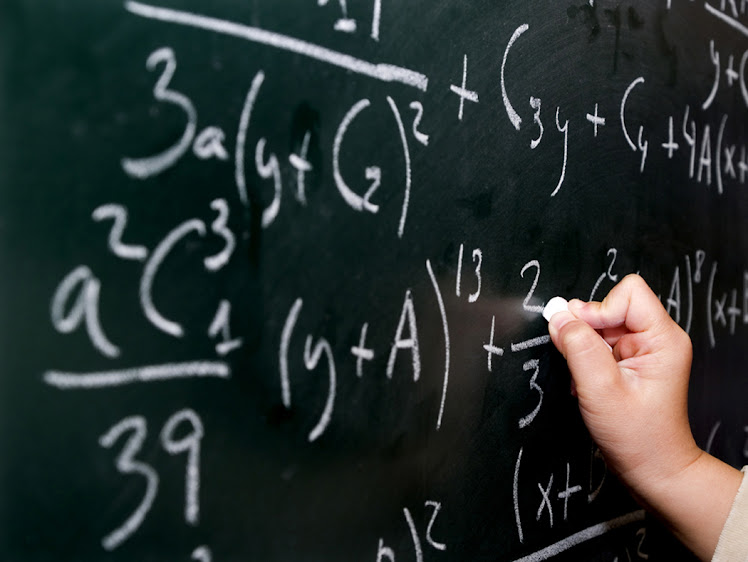10
+ 8
18
But breaking up the numbers like the break apart method where you take a problem like 4 x 28 and break it up into the place values, so take 4 x 20 = 80 and 4 x 8 = 32 then add 80 + 32 = 112.
I think this technique is great for not only solving problems in your head, but also for getting a clear understanding of place values and the role they have in math. Here is a video I found on youtube that gives a few examples of multiplying in your head.
Doing math problems in my head has never been a strong suit for me. I can do simple math of course, but when it comes to figuring out larger numbers, I am a pencil and paper person or calculator). In the classrooms I observed last year, I spent a lot of time in an advanced math class of fourth graders. I was taken back on how quickly they could compute the problems, many times in their heads.
Chapter 3 explained to me how that was done. It seems silly to me that I wasn't taught this way because it not only makes it easier to figure out, but it really explains the "meat and potatoes" behind place values (which is so important). An example of a mental computation is the " Choosing Compatable Numbers Technique". It never dawned on me as a student to try and make the problem simpler and that is what this technique does. Here is an example:
(5x6) (30x2) so 5x30 is easy to figure out 150, and 150 x2 is 300, take 300x6 and you get 1800.
Another technique that is easy to use is the "Equal Additions Technique". In this technique you change the numbers to make them easier to solve. Here is an example:
82-47=? To solve this, you would figure out what changes you can make o the numbers to make the subtraction easier. Well, subtracting by 10 is easy, so if I add 3 to each number (82 becomes 85 and 47 becomes 50) you can make the subtraction much easier. So the new problem becomes 85-50=35, so 82-47=35.
Using these techniques can help a student that struggles with math a bit easier and, like I said earlier, it helps to give an understanding to how these numbers work.
Chapter 3 explained to me how that was done. It seems silly to me that I wasn't taught this way because it not only makes it easier to figure out, but it really explains the "meat and potatoes" behind place values (which is so important). An example of a mental computation is the " Choosing Compatable Numbers Technique". It never dawned on me as a student to try and make the problem simpler and that is what this technique does. Here is an example:
(5x6) (30x2) so 5x30 is easy to figure out 150, and 150 x2 is 300, take 300x6 and you get 1800.
Another technique that is easy to use is the "Equal Additions Technique". In this technique you change the numbers to make them easier to solve. Here is an example:
82-47=? To solve this, you would figure out what changes you can make o the numbers to make the subtraction easier. Well, subtracting by 10 is easy, so if I add 3 to each number (82 becomes 85 and 47 becomes 50) you can make the subtraction much easier. So the new problem becomes 85-50=35, so 82-47=35.
Using these techniques can help a student that struggles with math a bit easier and, like I said earlier, it helps to give an understanding to how these numbers work.

No comments:
Post a Comment